Click image to enlarge!

Thu, 08/15/2019
PopMatters Reviews Jim Marshall: Photographs and Legends
From PopMatters
By Christopher John Stephens
Street photographers are a furtive bunch, anonymous to the subjects they capture in their swirls of grief, protest, celebration, or contemplation. Their anonymity amongst crowds does not necessarily mean, however, that they are unseen. Most of the great street photographers, like Henri Cartier-Bresson, Vivian Maier, and Walker Evans,... read more

Thu, 08/08/2019
Woodstock at 50 Exhibit Features Jim Marshall
Take a trip back 50 years to Woodstock through the lens of Jim Marshall’s camera. The Rock and Roll Hall of Fame commemorates the 50th anniversary of Woodstock with the exhibition “Woodstock at 50,” which in addition to peace, love, and music, features many of Jim’s iconic images of the event, including a series of rare prints produced from his archives that are not, and will not, be exhibited... read more
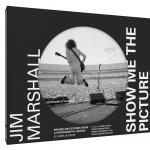
Thu, 08/01/2019
Fast Company: "Show Me the Picture" is Book You Must Check Out,...
Jim Marshall: Show Me the Picture makes Fast Company's August 2019 creative calendar.
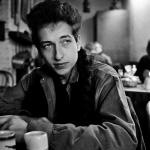
Thu, 08/01/2019
Billboard: Book Review of "Show Me the Picture
From Billboard:
One of the most iconic photographers of the rock era with an eye for bringing out the humanity in oft-mysterious stars, Jim Marshall was the chief photographer at Woodstock, shot the Beatles' final ticketed concert and captured one of the most beloved Bob Dylan photos of all time. Amelia Davis' new book, Jim Marshall: Show Me the Picture, includes legendary... read more

Tue, 07/30/2019
Jim Marshall Documentary at the Rock & Roll Hall of Fame
Release from the Rock & Roll Hall of Fame
As part of general admission, enjoy a special viewing of Show Me the Picture: The Story of Jim Marshall. Marshall's photography is part of our Woodstock at 50 special exhibit celebrating the legendary festival's anniversary.
The first screening begins at 1pm in our Foster Theater and after the film's first screening,... read more
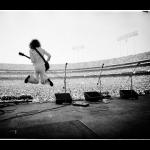
Tue, 07/30/2019
'Show Me the Picture' Book Launch at Leica SF
Join Leica Store San Francisco and Jim Marshall Photography LLC in a celebration of Jim Marshall's photography and the book launch of 'Jim Marshall: Show Me The Picture,' published by Chronicle Books (2019).
Sip Jim's Marshall's signature cocktails and enjoy live music while you browse Jim's photography from the book on display, along with his collection of Leica cameras and his Grammy... read more

Fri, 07/26/2019
Guardians of Guitar Calls New Jim Marshall Book a Masterful Tribute
By MIchael Molenda
guardiansofguitar.com
A Legend Lovingly Remembered…
Chronicle Books is set to release a masterful tribute to photographer Jim Marshall (1936-2010) on August 30, 2019.
Entitled Jim Marshall: Show Me the Picture, the collection of Jim’s exquisite, vibey, joyful, and sometimes tear-inducing photos was put together by his long-time personal assistant... read more
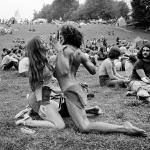
Fri, 07/26/2019
Publishers Weekly Celebrates Woodstock's 50th Anniversary with Book...
From Publishers Weekly
By Lela Nargi
Celebrating its 50th anniversary in August, the Woodstock music festival is often, with the benefit of hindsight, hailed as an example of what can go right when hundreds of thousands of young, stoned music fans assemble—in stark contrast to the Altamont Speedway Free Festival just a few months later, where four people died. Here, we round up... read more
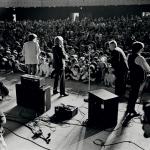
Fri, 07/26/2019
SF Chronicle Reviews “Show Me the Picture: The Jim Marshall Story”
From the San Francisco Chronicle (Datebook)
By Sam Whiting
It is impossible to predict when the Rolling Stones will play the Bay Area for the last time. But what is known for sure is when the band played here the first time. It was May 14, 1965, and the omnipresent photographer Jim Marshall was there with his Leica, standing at the back of the stage — where he liked to be — as the... read more

Tue, 07/23/2019
Book Trailer for "Show Me the Picture" is 'Trailer of the Day...
Ahead of the official launch of "Jim Marshall: Show Me the Picture" by Chronicle Books, the video trailer is a book trailer of the day in the trade publication Shelf Awareness.
Pages
Check the vault for our vintage blog.